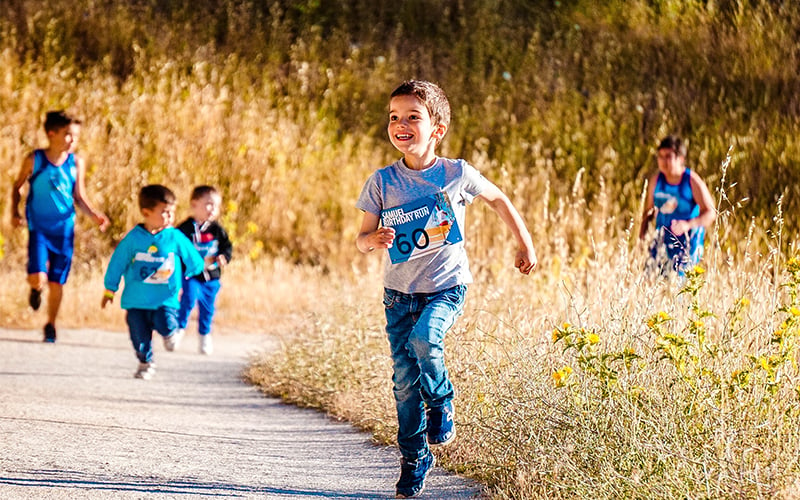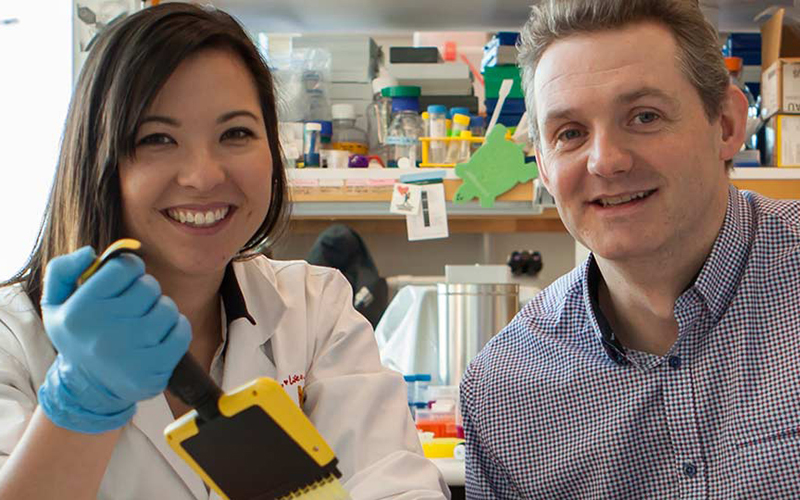Search

News & Events
Families flock outdoors to find COVID silver liningA The Kids Research Institute Australia study which looked at how Western Australian families coped with COVID-19 restrictions has shown many parents managed to find the silver lining in WA’s lockdown last year.

News & Events
Population data could be key to controlling a future COVID outbreak in WAPerth researchers will use population data to help boost WA’s defences in the fight against COVID-19, developing modelling to build a clearer picture of how the virus could spread through high-risk populations.
News & Events
Back to school: How to pack a healthy lunchbox to keep your child fuelled up for learning and playPlenty of parents will tell you the daily lunchbox dilemma is one thing they did not miss during the summer holidays.

News & Events
Landmark research hopes to increase survival rates for aggressive childhood cancerA new combination of drugs could help to increase survival rates with fewer side effects for some children with one of the most aggressive forms of childhood brain cancer.

News & Events
The Kids welcomes new Closing the Gap targetsThe Kids Research Institute Australia has welcomed the announcement of a new National Agreement on Closing the Gap.

News & Events
Tips for discussing coronavirus with your kidsThe rapidly developing coronavirus crisis is affecting our daily lives in unprecedented ways and brings with it uncertainty and fear.
News & Events
New Australia-first cyber safety app a guiding light for parentsAustralian parents have a new weapon in the battle to keep their kids safe online with the launch of ‘Beacon’.

News & Events
WA’s top health experts call for immediate action on junk food advertising on government propertyWA’s leading health agencies have joined forces to call on the State Government to immediately end junk food advertising on government property.

News & Events
Improving development and learning of children in Western AustraliaDiscover the EYI Research Profile at The Kids' Institute, showcasing innovative child health research and its impact on young lives.

News & Events
The Kids Research Institute Australia welcomes “top-up” funding for Medical Research Future FundPerth’s The Kids Research Institute Australia has welcomed a major funding boost for the Medical Research Future Fund (MRFF).
